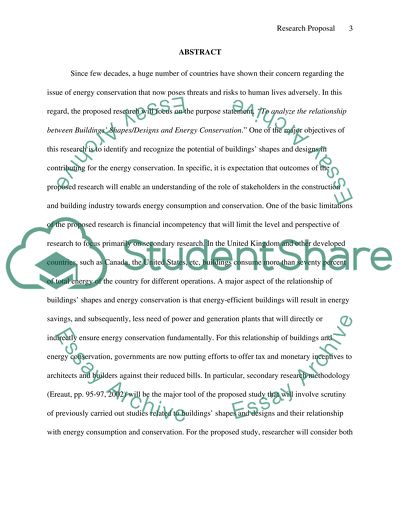Cite this document
(“Relationship Between Buildings Shape And Energy Conservation Essay”, n.d.)
Relationship Between Buildings Shape And Energy Conservation Essay. Retrieved from https://studentshare.org/architecture/1562098-relationship-between-buildings-shape-and-energy-conservation
Relationship Between Buildings Shape And Energy Conservation Essay. Retrieved from https://studentshare.org/architecture/1562098-relationship-between-buildings-shape-and-energy-conservation
(Relationship Between Buildings Shape And Energy Conservation Essay)
Relationship Between Buildings Shape And Energy Conservation Essay. https://studentshare.org/architecture/1562098-relationship-between-buildings-shape-and-energy-conservation.
Relationship Between Buildings Shape And Energy Conservation Essay. https://studentshare.org/architecture/1562098-relationship-between-buildings-shape-and-energy-conservation.
“Relationship Between Buildings Shape And Energy Conservation Essay”, n.d. https://studentshare.org/architecture/1562098-relationship-between-buildings-shape-and-energy-conservation.


